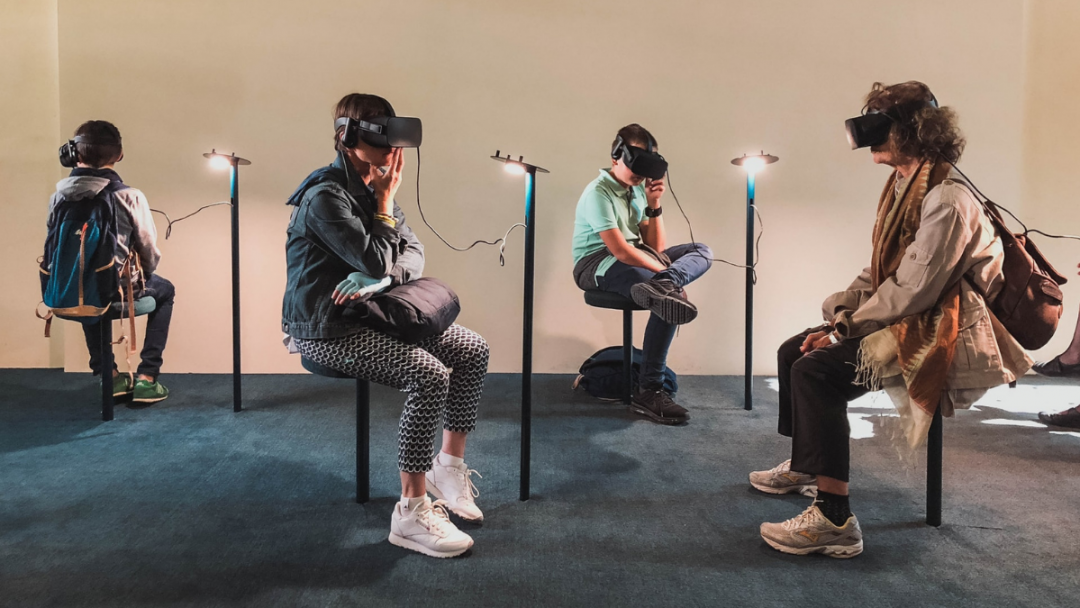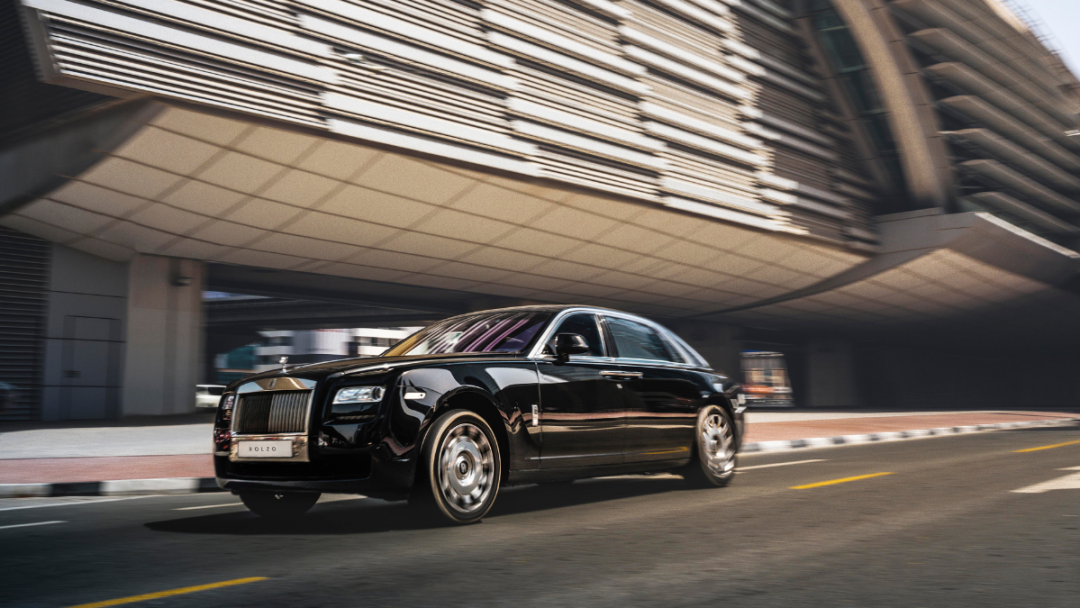Technology plays a big part in our lives – from using our household appliances, mobile phones to communicate with our peers to burrowing your heads down onto computers in the stock market trading centres. When it comes to the world of travel, however, it’s a different ball game. In an industry where client satisfaction relies on experience, immersive travel has the potential to elevate our journeys to the next level.
What is immersive travel?
The concept of immersive travel is slowly forming into a real tangible element in the industry. Immersive is defined as noting or relating to digital technology or images that actively engage one’s senses and may create an altered mental state. Immersive technologies have a meaningful impact on enticing traveller’s wanderlust. An application of this is using virtual tours to increase hotel bookings. This is because customers want better insight and feel of the hotels’ facilities. For example, Google Maps Live View is as immersive as it can get; it aims to simplify the clutter of locational information and present what is necessary to the traveller, especially if you are in unfamiliar surroundings.
A peek into the Future Tourism Experience
In April 2018, a convention took place at Kempton Park Racecourse in Surrey, England. The convention was attended by many travel experts and enthusiasts and their goal was to explore the new tides of customer demand and supply using immersive technologies.
Kevin Blair, CEO of Atmos VR Ltd and first speaker of the event, remarked that the future for UK visitor attractions is set to witness roughly 360 million visitors by 2022 due to overseas tourism and ‘holidaying at home’. He also added that when travellers arrive in the UK, they can experience a wide range of technologies including augmented reality (AR) and projection mapping, which introduces new dynamics to their whole perception.
Tom Evans, another keynote speaker and Executive Producer/Business Director of Happy Finish spoke about being part of a pioneering creative agency that seeks to use AI, CGI, VR, AR etc. to enhance tourist experience in museums and venues of interest. For instance, they have worked with the Shard to combine Oculus Rift VR headset with motion simulation technology to create the world’s highest virtual reality slide action. In retrospect, the Future Tourism Experience lent us an impressive array of visionary projects that will certainly impact the tourism industry.
What now?
In midst of the COVID-19 pandemic, which has shaken the travel world and the confidence of many globetrotters, it is no doubt that the tourism sector is worst inflicted. However, one may say it’s a blessing in disguise. Many businesses are taking this new approach to re-define the future growth and tourist experience in a better way. An aspect of introducing this new vision can involve using immersive technologies as a way to quickly regain customer enjoyment and at the same time, rebounding them into a new world of thrills and excitement.
Interestingly, the pandemic poses a new challenge to the innovators in immersive technologies. On the 26th October this year, a live-streamed summit will be convened at Riyadh, Saudi Arabia to discuss how the travel world could be boosted again using gadgets and systems. Involving three prominent experts, they aim to shed light on how technology can be used to reduce COVID-19 anxieties and retain the spirit of adventure.
Travelling in a Virtual Reality
Virtual reality (VR) refers to a computer-generated simulation where users can interact within an artificial three-dimensional environment using electronic devices. This innovative technology has given birth to virtual travel marketing. The whole agenda of virtual travel marketing is to give customers a close-to-reality feeler in learning about destinations, landmarks, attractions, and hotels. This allows the technology to align very closely with authentic travel experiences, which then can increase in-home enjoyment, particularly at the time of a hardship such as the pandemic. Lynn Kaniper, president of Dana Communications, said: “The ability to dream of vacation provides hope and inspiration for the future. Virtual travel marketing provides businesses with the advantage of allowing their customers to have an immersive experience by connecting them directly with their products and services.”
In the meantime, Amazon has launched a new platform called Amazon Explore, an interactive live streaming service that allows you to learn, shop, and discover new places all from the comfort at your home. It even offers virtual classes and sightseeing tours; travellers can re-create their own Hong Kong adventure by strolling through the city’s streets and learn a bit of Cantonese.
The promise of Augmented Reality
An intimate sister of VR, augmented reality (AR) is all about expanding the real physical world, adding layers of digital information upon it. According to the Franklin Institute, augmented reality technology is one of the biggest and hottest trends. In Singapore, the Singapore Tourism Board (STB) has enacted an initiative which aims to build an enormous database of content for businesses to promote destinations in the country. For example, business, via AR, can showcase potential visitors a preview of their products and services, mapping out environments such as hotel rooms. This facilities higher customer confidence thus resulting in more bookings and purchases.
Back in May, French-based augmented reality startup KaviAR developed ‘the world’s first augmented reality teleportation app’. KaviAR Gate offers travellers the chance to travel to any destination with one click of a button. KaviAR Tech CEO and co-founder Michel Ruiz asserted that the application serves for purposes more than recreation; it can be used for educational and commercial agendas. Ruiz also remarked that the future of AR is bright. He earnestly advised businesses and companies to continue creating new solutions, solutions that can usher in a new era of the hyper-technological world.
Merge the real and the imaginary – Mixed Reality
MR had a modest debut in 1994 and was first discussed by academics Paul Milgram and Fumio Kishino. Their work contributed to the paradigm shift where experiencing reality is profound; MR allows you to break down basic concepts between real and imaginary, gifting users a new perspective on how to live life. Due to the novelty of MR, the number of projects launched by businesses is not as large as VR’s and AR’s. However, there have been recent developments and launches which sets a precedent for future innovation. In China, SenseTime has employed MR technology to enhance visitations of the country’s eminent landmarks. With its strong presence in Asian markets including Mainland China and Japan, their software pioneered the art of enjoying impressive scenes. Tourists can indulge in the beauty of Hangzhou WestLake and Xiang Lake Running Trail, supported by state-of-the-art AR and VR navigation and interactive features.
Final notes on the future of travel
Beyond 2020, the future of travel springs into the minds of many people, owing to the COVID-19 pandemic which made them reflect on their travel experiences. The lockdown might have temporarily held travellers in their spot but not their hunger for adventure. With countless global initiatives and projects looking to boost the travel economy to where they left off, technology innovators are bursting with energy and passion to help alleviate the discomfort of many passionate travellers.
In addition, not only will immersive technologies radically change society at large, but deep learning and AI technology are emerging as components to optimize and improve the art of travel and transportation. For instance, deep learning will help brands harvest for new customers looking to take advantage of packages and deals, adjust advertising in real-time, and better predict which places will be opened or closed in response to trends. Certainly, there are many forays into how adventure can be re-defined to extraordinary measures. There has never been a better time for people of this millennium to effortlessly curate their own palette of cherishable travel memories with the aid of advanced technology. The future of exceptional tourism experiences lie on the loom; it’s a matter of utilizing cutting-edge technology to cater to the traveller’s most urgent needs and wishes in the modern age.




No More B2B Sales Calls? Deals Happening Quicker Than Ever?! - TWIS - Salesman.org
October 31, 2020 at 2:01 PM[…] https://thelounge.rolzo.com/the-future-of-travelling-is-immersive/ […]